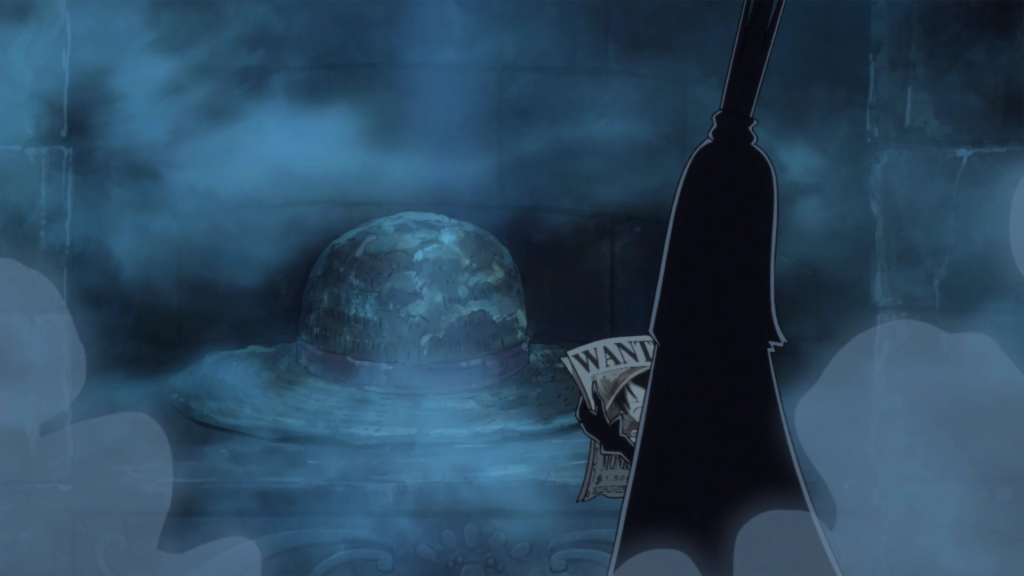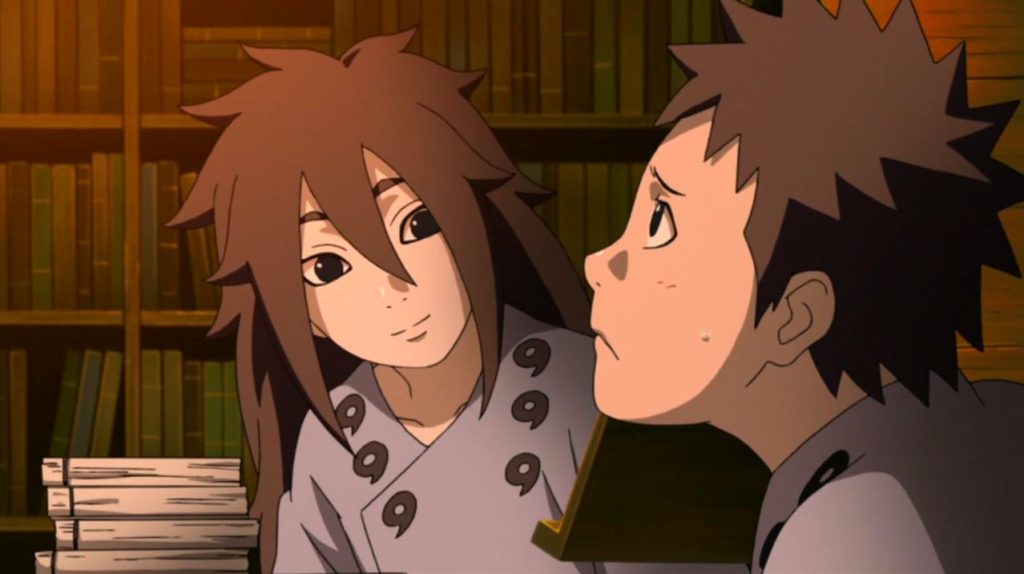Eiichiro Oda’s diversion from the reincarnation trope proved beneficial for One Piece compared to Kishimoto’s banality of the same in Naruto,
SUMMARY
One Piece has its fair share of plot twists and revelations.
Oda dodged a bullet by diverging from this overused trope.
Kishimoto’s banality of the rebirth trope didn’t end well for the series.
One Piece has had its fair share of plot twists and reveals that have triggered fans into disbelief. From Ace being Roger’s son to Sanji’s true identity, the series unfurled some of the biggest mysteries regarding the characters.
What makes it outlandish is its approach to characters along with tropes and the lore. Unlike most series, its liminality is what makes it stand out as Oda’s masterpiece. But that is not all considering the mangaka’s diversion.
 Luffy in a still from the anime | Credit: Toei Animation
Luffy in a still from the anime | Credit: Toei Animation
Unlike Kishimoto, Oda diverged from the cliche and overused tropes regarding his major characters. In doing so, he salvaged the series from being a mediocre and banal pirate story.
Kishimoto’s use of the reincarnation trope gave rise to glaring plot holes and inconsistencies in his series. As a result, these burning mysteries and plotholes remain unabridged for the most part.
Eiichiro Oda subverted the reincarnation trope in One Piece
What truly makes One Piece remarkable is its enmeshing of different elements in the storyline. Other than an adventure story, it fuses mystery and action perfectly in the premise. The incessant element of surprise adds to the riveting plotline.
This is especially true with the greyscale characters in the series. It isn’t a bog standard shonen series, especially with its plot developments and reveals. And it would be a gross understatement to say that the mangaka is a true genius when it comes to sustaining mystery in the series.
 Imu in front of rumored Joyboy’s Straw Hat | Credit: Toei Animation
Imu in front of rumored Joyboy’s Straw Hat | Credit: Toei Animation
Eiichiro Oda is often lauded for his world-building aspect along with a diverse range of characters in his series. Interestingly, he doesn’t get enough credit for keeping his story refreshing at every point.
The mangaka is adept at turning tables with his brilliant writing. His plot twists and revelations only prove his finesse’ as both a writer and an artist. This is evident in his subversion of the reincarnation trope in the series.
With the introduction of Joyboy and Nika, most fans made associations between both characters. Of late, these speculations have been debunked by Oda himself. Nika and Joyboy are two different characters in the sense that while one is a myth, the other exists in real-time.
The only similitude between both of them is their formidability that posed a threat to the world government. The subversion of the reincarnation trope was essential in steering clear of unabridged plotholes. Such was the case with Kishimoto’s series.
The banality of rebirth in the Naruto series
There has been immense foreshadowing when it comes to rebirth and reincarnation in Naruto. From Sasuke and Naruto’s fight at the Valley of the End to Itachi’s moral ambiguity, Kishimoto planned everything from the start.
This ties in well with the lore in the series, especially with Indra and Ashura’s past as brothers. The reincarnation trope, however, did not work out well for the series. This is evident with the glaring plotholes and inconsistencies in the series.
 Indra and Asura Otsutsuki in a still from the anime | Credit: Studio Pierrot
Indra and Asura Otsutsuki in a still from the anime | Credit: Studio Pierrot
The banality of the rebirth trope was very much inconclusive considering its reveal in the story. While Kishimoto foreshadowed this way before in the original series, it lost its meaning with time.
The reincarnation theory has its fair share of inconsistencies that have been pointed out by several fans. This leaves room for more burning questions and doubts among fans.
Of late, the fandom has brought the plot’s inconsistencies to light. And while there are glaring gaps in the premise, none of these have been answered so far. In the end, however, Oda’s diversion proved fruitful for his series.


